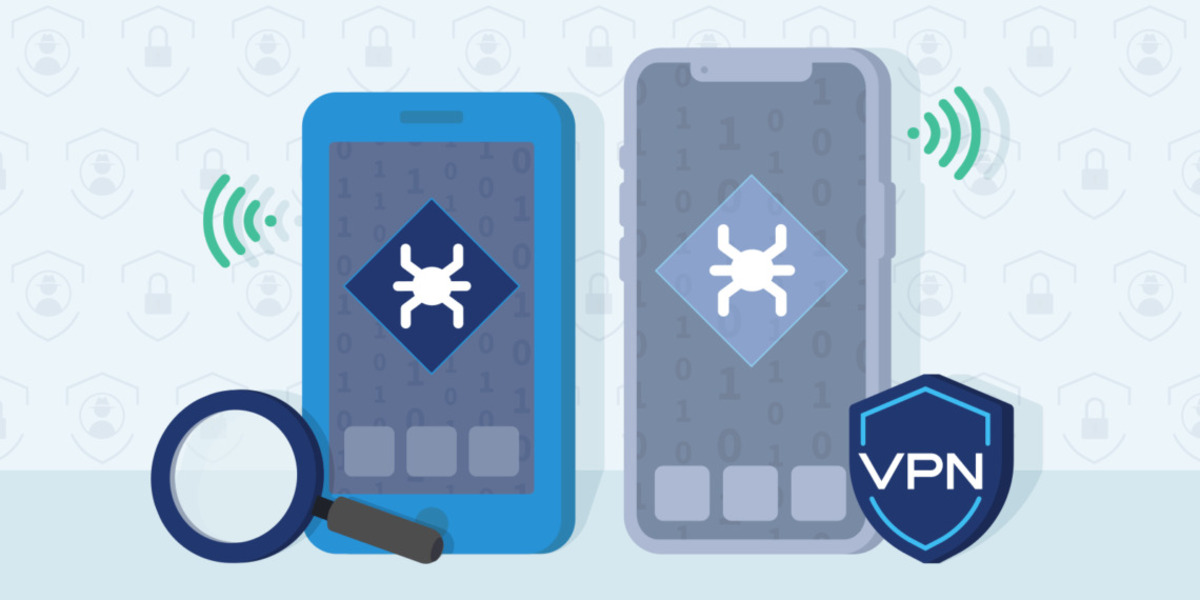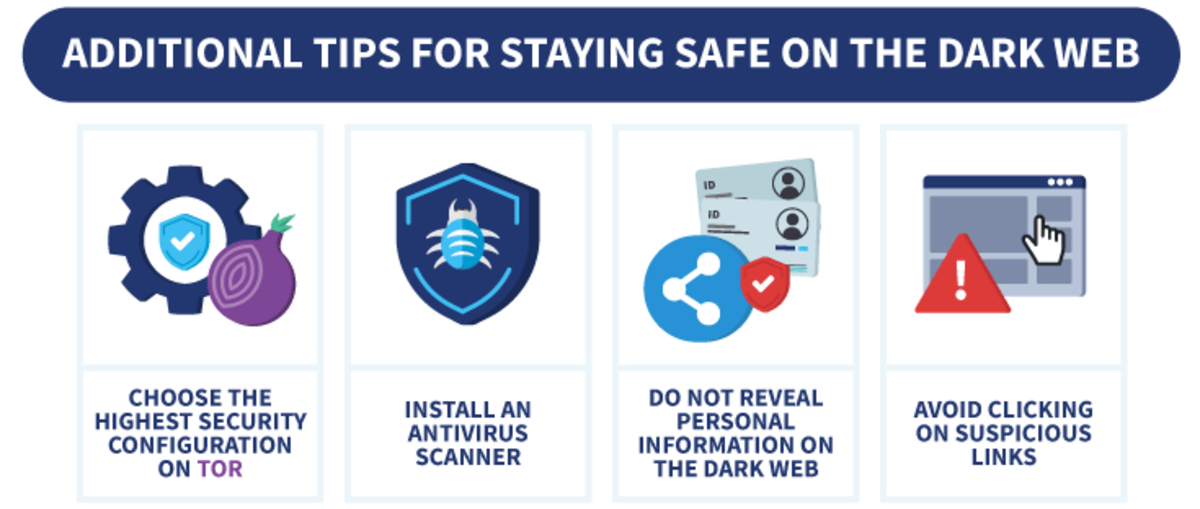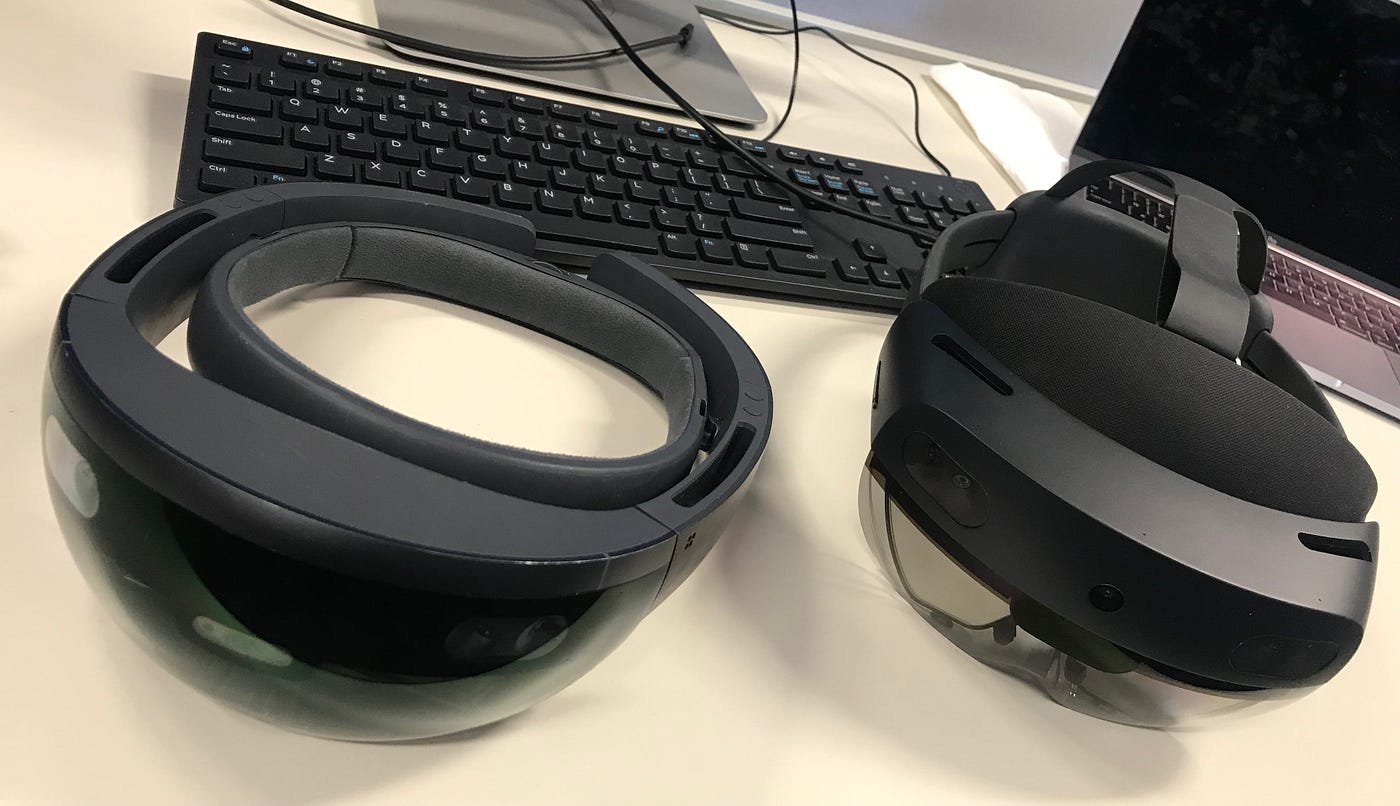Introduction
In the world of technology, virtual machines (VMs) have become a vital tool. They allow users to run multiple operating systems on a single physical machine, providing a valuable solution for developers, testers, and IT professionals.
However, as with any technology, there are potential risks involved. One such risk is the detection of virtual machines by external entities, such as websites, software, or security systems. This detection can lead to limitations or even potential security threats for VM users.
Virtual machine detection techniques have evolved over time, becoming more sophisticated and prevalent. Websites and online services often employ these techniques to protect their content, prevent fraud, or identify potential threats. Examples include checking for specific virtualized hardware drivers, GPU inconsistencies, or even measuring system response time.
While some may argue that virtual machine detection is necessary for security purposes, there are valid reasons why individuals or organizations may want to hide the fact that they are using a VM. For instance, bypassing arbitrary restrictions imposed by websites or services, protecting privacy, or preventing targeted attacks.
Therefore, in this article, we will explore common techniques used to detect virtual machines, discuss why hiding virtual machine detection is important, and provide practical ways to achieve this. By understanding and implementing these methods, you can enjoy the benefits of virtual machines without compromising your privacy or usability.
Common Techniques used to Detect Virtual Machines
Virtual machine detection techniques have become more sophisticated in recent years, making it challenging for users to hide their virtual machine usage. Understanding these techniques can help users devise effective strategies to avoid detection. Here are some commonly used methods:
- Hardware Identification: Many virtual machine detection techniques involve examining hardware attributes of the system. This can include identifying virtualized hardware drivers, discrepancies in CPU or GPU information, or abnormal memory allocation patterns.
- Timing and Response Analysis: By analyzing system response times, websites can detect differences in behavior between virtual machines and physical machines. Virtual machines tend to have more consistent and predictable response times, while physical machines can exhibit slight variations due to external factors.
- Network Analysis: Virtual machines often have distinct network configurations, such as using NAT (Network Address Translation) or VLAN (Virtual Local Area Network). These network configurations can be used to discover the presence of a virtual machine.
- Misconfiguration Detection: Virtual machines require specific configurations to function properly. Detecting discrepancies in these configurations can indicate the use of a virtual machine. Examples include missing or altered BIOS settings, unusual processor flags, or inconsistent device driver information.
- Operating System Artifacts: Virtual machine detection can also be based on examining artifacts left by virtualization software within the operating system. This can include registry entries, file system traces, or installed software that is common to virtual machines.
It is important to note that these techniques are continually evolving to stay ahead of those trying to hide virtual machine usage. Therefore, it’s essential for users to stay informed about new detection methods and adapt their strategies accordingly.
Why Hide Virtual Machine Detection?
There are valid reasons why individuals or organizations may want to hide the fact that they are using a virtual machine. Let’s explore some of the key motivations behind hiding virtual machine detection:
- Privacy and Anonymity: Virtual machines offer a layer of privacy and anonymity by allowing users to compartmentalize their online activities. Hiding virtual machine detection helps preserve this privacy, preventing websites or services from tracking or profiling users based on their virtual machine usage.
- Bypassing Restrictions: Websites and online services often impose arbitrary restrictions on virtual machine users. This can include limiting access to certain features, blocking content, or restricting account creation. By hiding virtual machine detection, users can bypass these restrictions and access all functionalities without any limitations.
- Preventing Targeted Attacks: Malicious actors may specifically target virtual machines due to their potential vulnerability. By hiding virtual machine detection, users can prevent being singled out for attacks, reducing the risk of malware infections, phishing attempts, or other security threats.
- Testing and Development: Developers and testers often rely on virtual machines to create sandbox environments for software testing and development. Hiding virtual machine detection ensures that these activities remain hidden from potential intruders, protecting the integrity of the development process and preventing unauthorized access to sensitive code or data.
- Avoiding Bias in Research and Analysis: Researchers or analysts studying systems or online behavior may need to hide virtual machine detection to avoid bias in their findings. By concealing their virtual machine usage, they can obtain more accurate and unbiased data, leading to more reliable research results.
It is essential to remember that while hiding virtual machine detection serves valid purposes, it is crucial to act responsibly and within legal boundaries. Engaging in activities that infringe upon the rights of others or violate terms of service agreements is not recommended and may have legal consequences.
By hiding virtual machine detection, users can leverage the full potential of virtual machines without compromising their privacy, facing unnecessary limitations, or becoming targets for malicious attacks.
How to Hide Virtual Machine Detection
While virtual machine detection techniques are becoming more advanced, there are strategies you can employ to effectively hide the fact that you are using a virtual machine. Here are some practical methods:
- Use VM-specific Anti-Detection Tools: There are various anti-detection tools specifically designed to mask virtual machine indicators. These tools can help you modify your VM’s hardware information, network configurations, and system artifacts to mimic a physical machine.
- Disable VM-specific Drivers: Some virtual machines come with drivers that are unique to virtualized environments. Disabling or uninstalling these drivers can help minimize the chances of detection. However, it is essential to ensure that your VM remains functional and stable after this modification.
- Customize System Responses: Virtual machines often have distinct response patterns that can be detected by timing and response analysis techniques. By using tools or techniques to randomize system response times, you can mask the behavior that would otherwise indicate a virtual machine.
- Modify Network Configurations: As mentioned earlier, network configurations can reveal the presence of a virtual machine. Changing your VM’s network settings, such as switching from NAT to Bridge mode, can help disguise its virtualized nature.
- Modify BIOS Settings: Some virtual machine detection techniques involve checking for BIOS information that is specific to virtualized environments. Modifying or suppressing this information in the VM’s BIOS settings can aid in hiding its virtual machine identity.
- Enable Stealth Mode: In certain virtualization software, enabling stealth mode can help hide the virtual machine by preventing it from responding to detection probes. This can be useful when dealing with sophisticated detection techniques that actively search for virtual machine characteristics.
- Keep your VM up to date: Virtual machine detection techniques often rely on known vulnerabilities or outdated software versions. Keeping your VM’s operating system, virtualization software, and other components updated can significantly reduce the risk of detection.
It’s important to note that these methods may not guarantee absolute hiding of virtual machine detection. Detection techniques are continuously evolving, and new methods may be devised to counteract these evasion techniques. Therefore, it’s crucial to stay updated on the latest development in virtual machine detection and adapt your strategies accordingly.
Remember to use these techniques responsibly and in compliance with applicable laws and terms of service agreements. Hiding virtual machine detection is a personal choice, and it is up to individuals and organizations to weigh the benefits against any potential risks or consequences.
Conclusion
Virtual machines have become indispensable tools for many individuals and organizations, offering flexibility, efficiency, and security. However, the detection of virtual machines by external entities can impose limitations and potential risks for users. In this article, we explored common techniques used to detect virtual machines, discussed the importance of hiding virtual machine detection, and provided practical strategies to achieve this.
By understanding the detection techniques used, users can implement effective methods to mask their virtual machine usage. Using specialized anti-detection tools, disabling virtual machine drivers, customizing system responses, modifying network configurations, and enabling stealth mode are just a few examples of the strategies users can employ. It is crucial to keep these techniques up to date and adapt them as virtual machine detection evolves.
Hiding virtual machine detection serves various purposes. Preserving privacy and anonymity, bypassing arbitrary restrictions, preventing targeted attacks, safeguarding research integrity, and protecting sensitive development processes are key motivations for users to hide their virtual machine usage.
However, it is important to note that attempting to hide virtual machine detection should always be done responsibly and within legal boundaries. Engaging in activities that violate terms of service agreements or infringe upon the rights of others can have legal consequences. Users should understand and accept the potential risks associated with hiding virtual machine detection.
In conclusion, by implementing the strategies discussed in this article and staying informed about virtual machine detection techniques, users can experience the benefits of virtual machines while maintaining their privacy, security, and freedom from unnecessary restrictions.

























